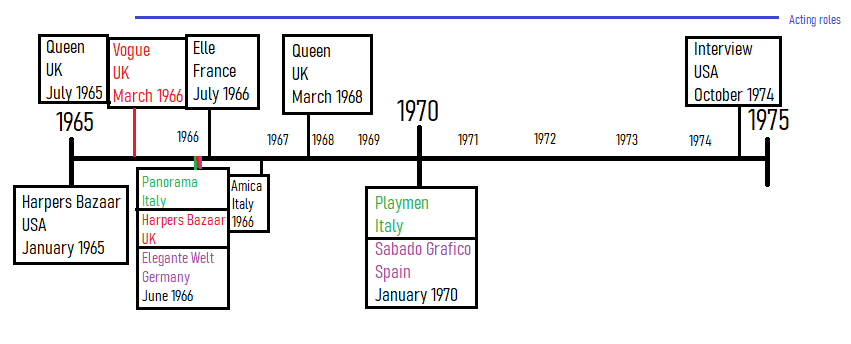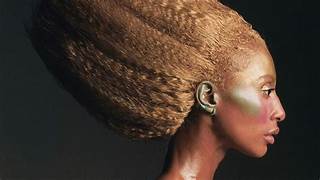After watching the overlong and uneven “The Super Models” on Apple TV, I wisely moved to MAX. And I stumbled on director Nailah Jefferson’s hypnotic, sad, and yet life-affirming “Donyale Luna: Supermodel.”
Born Peggy Ann Freeman in Detroit, Michigan, in 1945, Donyale Luna was an American model and actress who rose to fame in New York and Western Europe during the late 1960s. She is known as “the first Black supermodel” and was the first African-American model to grace the cover of the British edition of Vogue – shot by photographer David Bailey – in March 1966. Luna appeared in several underground films, such as Andy Warhol’s screen tests in 1966 and Federico Fellini’s “Satyricon” in 1969.
It was in “Satyricon” that I first saw Luna. She was in one of the stories within the main story, and Fellini had cast her as the sorceress Oenothea. I remember thinking to myself; who is this magnificent creature? I discovered she died of a heroin overdose in Rome in 1979. She was only 33.

The film is narrated by Luna’s daughter (with Italian photographer Luigi Cazzaniga), Dream Cazzaniga, who also produced the film and whose loving narration of her mother’s diaries has an inner beauty completely missing from “The Super Models.” Growing up in Detroit, young Peggy Ann Freeman invented her Donyale Luna character at an early age. It was a chance meeting with British photographer David McCabe around the Fisher Building in 1963 that resulted in her heading to New York the following year. McCabe was struck by the tall (6 ft 2 in), light-skinned African-American girl whose legs and neck were magnificent and who carried herself with the gracefulness of a gazelle. Her rise to fame in New York was meteoric. Richard Avedon adored her, as did Salvador Dali. Within two years, she was on the cover of Harpers Bazaar and Vogue. The backlash, however, was immediate, with Southern businesses threatening to boycott any magazines on which she was featured on the cover. It would be almost a decade before the fashion world dared to put the next African-American woman, Beverly Johnson, on the cover of American Vogue.

Donyale moved to London, Paris, and finally, Rome, where she met her future husband. However, racism dogged her wherever she went, and Cazzaniga’s parents refused to meet with her, although they did raise her daughter after she died. She was also heavily into LSD, and as the seventies progressed, her career dwindled until she became a curiosity and then just a memory.
Today, I am glad to say there is a revival. Those striking portraits of Luna by Avedon, Dali, Bailey, and others are now highly valued. And we can all watch this excellent documentary.


















